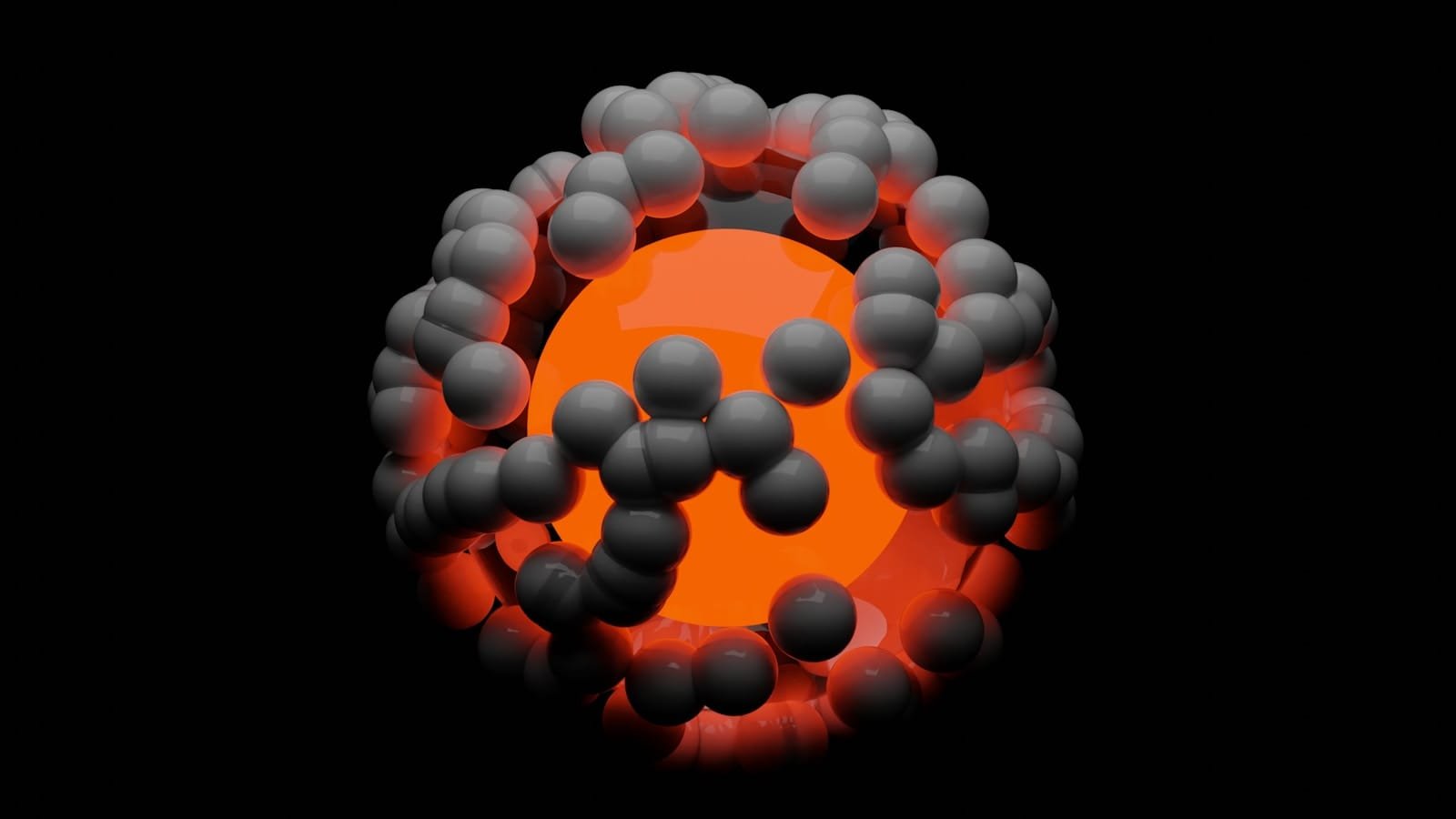This week I testified in front of the House Committee on Oversight and Government Reform on the topic “The New Atomic Age: Advancing America’s Energy Future.”
Watch my testimony and Q&A here, or read the transcript below.
Whenever we talk about how to unleash nuclear energy, including SMRs, we need to recognize that the first step is for government to stop doing immense harm it’s actively doing—harm that has provably gutted nuclear’s potential for decades.
In the 70s, clean, safe nuclear power became affordable and quickly grew to 20% of American electrical power,1 with potential to get far more affordable and plentiful.
But crushing, irrational regulation made nuclear expensive or impossible to build.2
Fortunately, Congress has taken some significant steps toward unleashing nuclear with the bipartisan ADVANCE Act.3 In my testimony today I will focus on how the NRC can act quickly on the ADVANCE Act, consistent with the recent Presidential EOs.4 But I’m eager to answer questions about what should be future legislation.
Here are my top 4 recommendations for what the NRC should do to unleash nuclear—and therefore what this committee should be keeping a close eye on in its oversight role over the next few years.
1. The NRC should strip out the many inefficiencies in its licensing process
Congress, through the ADVANCE Act, has rightly required NRC’s mission to include getting reactors built efficiently, in addition to ensuring that they are safe. And the NRC has recently issued guidance to its offices on how to implement the new mission statement.5
The NRC should comb through their licensing process, determine what is truly needed to make plants safe, and strip out time-consuming portions that do not help with safety. E.g., many months being wasted on mandatory “uncontested” hearings when no one objects to a plant.
Within 6 months, the NRC could publish a step-by-step licensing map showing the legal purpose, decision criteria, maximum review clock, and NRC official responsible for each stage—plus an online dashboard so applicants and investors can see progress in real-time.
Within 1 year, the NRC could promulgate a rulemaking that streamlines uncontested hearings and empowers the Atomic Safety and Licensing Board to summarily dismiss any petition for a contested hearing that lacks a credible safety or environmental claim.
The NRC could incentivize its employees to complete licensing stages on time by linking on-time completion to performance reviews, so that positive job reviews and promotions are predicated on moving the licensing process forward quickly.
2. The NRC should use General GEISs by default
Congress, through the ADVANCE Act, has rightly directed NRC to switch to General Environmental Impact Statements (GEISs)—a single environmental review for a standardized reactor design that can be recycled for identical designs.6
The multi-year process of creating an Environmental Impact Statement for every new reactor and getting it approved is one of the main reasons why interest can become over 30% of a nuclear plant’s capital cost.
The NRC should promulgate a rulemaking to make GEISs the default for standardized SMR designs, eliminating years of duplicative review and millions in costs.
Within 90 days, the NRC could issue a proposed rule amending regulatory code Parts 50 and 52 to default to GEISs for standardized SMR designs. And the NRC could form a task force to draft the first GEIS, finalizing it within 1 year.
3. The NRC should replace LNT and ALARA with science-based radiation limits
President Trump’s recent EO rightly instructs the NRC to re‑evaluate the “Linear No Threshold” (LNT) model that falsely assumes there is no safe dose of radiation, and the “As Low As Reasonable Allowable” (ALARA) standard that leads to limitless pseudo-safety restrictions.7
LNT and ALARA have resulted in a public radiation dose limit at least fifty times stricter than what science shows is safe, a major contributor to the government making nuclear 10 times more expensive than it needs to be.
The NRC should commission a fast‑tracked National Academies review of LNT low‑dose radiation science and, if it is found to be false, propose a rule to abolish LNT and ALARA in favor of a single public‑dose threshold. A simple choice would be the worker limit of 5 rem per year.
Within 3 months, the NRC could issue a request for a National Academies study on LNT, and launch a parallel rulemaking. Within 18 months, based on the results of the study, the NRC could publish proposed rules stripping LNT and ALARA from its regulations.
A final rule abolishing LNT and ALARA could be in force by early 2027 before the first SMR operating licenses are expected, enabling SMR developers to get to operation much more quickly while saving tens of millions of dollars on each unit.
4. The NRC should open “nuclear innovation zones” on federal lands
President Trump’s recent EO rightly encourages the testing of nuclear reactors on federal lands—which would allow private developers to quickly iterate designs and run safety tests without waiting years for a full license.8
DOE and DOD should formally designate multiple “nuclear innovation zones” on federal land. And the NRC should issue guidance confirming that data collected on these sites will satisfy the performance-based safety testing requirements of regulatory code Part 53.9
Within 6 months, with confirmation from the NRC that “nuclear innovation zone” safety data is sufficient, DOE and DOD could announce at least three zones on federal land and publish plug-and-play lease templates so that developers can easily assess and apply for the opportunity.
If the administration moves forward with “nuclear innovation zones”, SMR developers could break ground on the first private prototype as early as 2026 and feed real‑world operating data into commercial license applications by 2028.
Conclusion
If this administration implements these four reforms on the timelines I’ve outlined, SMR developers and large nuclear developers will truly have the opportunity to start delivering abundant, reliable, and affordable nuclear power to Americans by the end of this decade.
Notes
1 Our World in Data – Electricity production by source, United States
2 Ted Nordhaus – It’s the Regulation, Stupid
3 U.S. Nuclear Regulatory Commission – About the ADVANCE Act
4 U.S. Department of Energy – 9 Key Takeaways from President Trump’s Executive Orders on Nuclear Energy
5 U.S. Nuclear Regulatory Commission – Mission Statement Implementation Guidance
6 Breakthrough Institute – Environmental Reviews Should Empower Nuclear Energy, Not Stall It
7 The White House – Ordering the Reform of the Nuclear Regulatory Commission
8 The White House – President Trump Signs Executive Orders to Usher in a Nuclear Renaissance, Restore Gold Standard Science
9 U.S. Nuclear Regulatory commission – Part 53 – Risk Informed, Technology-Inclusive Regulatory Framework for Advanced Reactors









